Description
These real Canadian “Toonie” 2 dollar coins are forged by hand to make the most stunning and excellent rings on the market. The remaining material that is not used in the ring is used to make the pendant shown above. Pair the pendant with the corresponding ring to make the perfect gift! Wear this pendant and carry a re-purposed part of history everywhere you go. All pendants come with a silver snake chain necklace included, however, the pendant can be removed and put onto any other necklace as well.
Coin Details:
The toonie (also spelled twonie or twoonie), formally the Canadian two-dollar coin (French: pièce de 2 dollars canadiens, nicknamed deux piastres or deux piastres rond), was introduced on February 19, 1996, by Minister of Public Works Diane Marleau. As of 2019, it possesses the highest monetary value of any currently circulating Canadian coin. The toonie is a bi-metallic coin that on the reverse side bears an image of a polar bear by artist Brent Townsend. The obverse, like all other current Canadian circulation coins, has a portrait of Queen Elizabeth II. It has the words “ELIZABETH II / D.G. REGINA” in a different typeface from any other Canadian coin; it is also the only coin to consistently bear its issue date on the obverse.
The coin is manufactured using a patented distinctive bimetallic coin-locking mechanism. The coins are estimated to last 20 years. The discontinued two-dollar bill was less expensive to manufacture but lasted only one year on average.
On April 10, 2012, the Royal Canadian Mint (RCM) announced design changes to the loonie and toonie, which include new security features.
Prior to 2012, the coin consisted of an aluminum bronze inner core with a pure nickel outer ring; but in spring 2012, the composition of the inner core switched to aluminum bronze coated with multiply-plated brass, and the outer ring switched to steel coated with multiply-plated nickel.[6] The weight dropped from 7.30 to 6.92 g, and the thickness changed from 1.8 to 1.75 mm. The Mint states that multiply-plated steel technology, already used in Canada’s smaller coinage, produces an electromagnetic signature that is harder to counterfeit than that for regular alloy coins; also, using steel provides cost savings and avoids fluctuations in the price or supply of nickel.
| Composition: | 1996–2011 outer ring 99% Ni inner core aluminum bronze (92% Cu, 6% Al, 2% Ni)2012–present outer ring steel, nickel plating inner core aluminum bronze, brass plating |
Additional information
| Weight | 9 g |
|---|---|
| Dimensions | 31 × 23 × 30 mm |

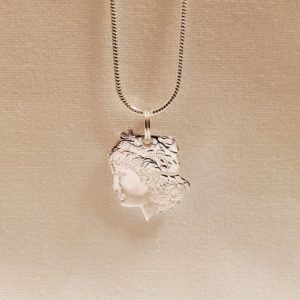
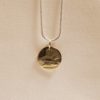
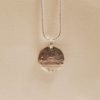

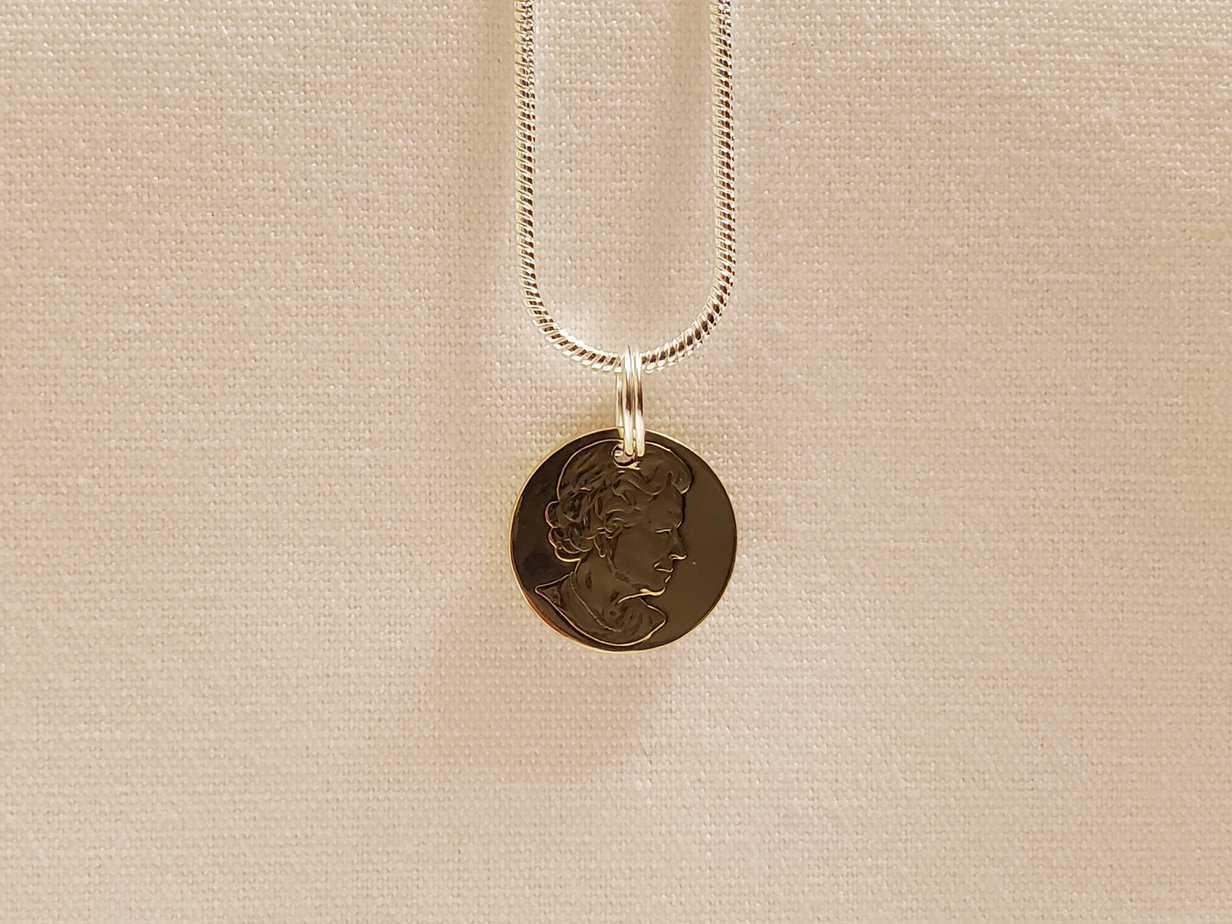

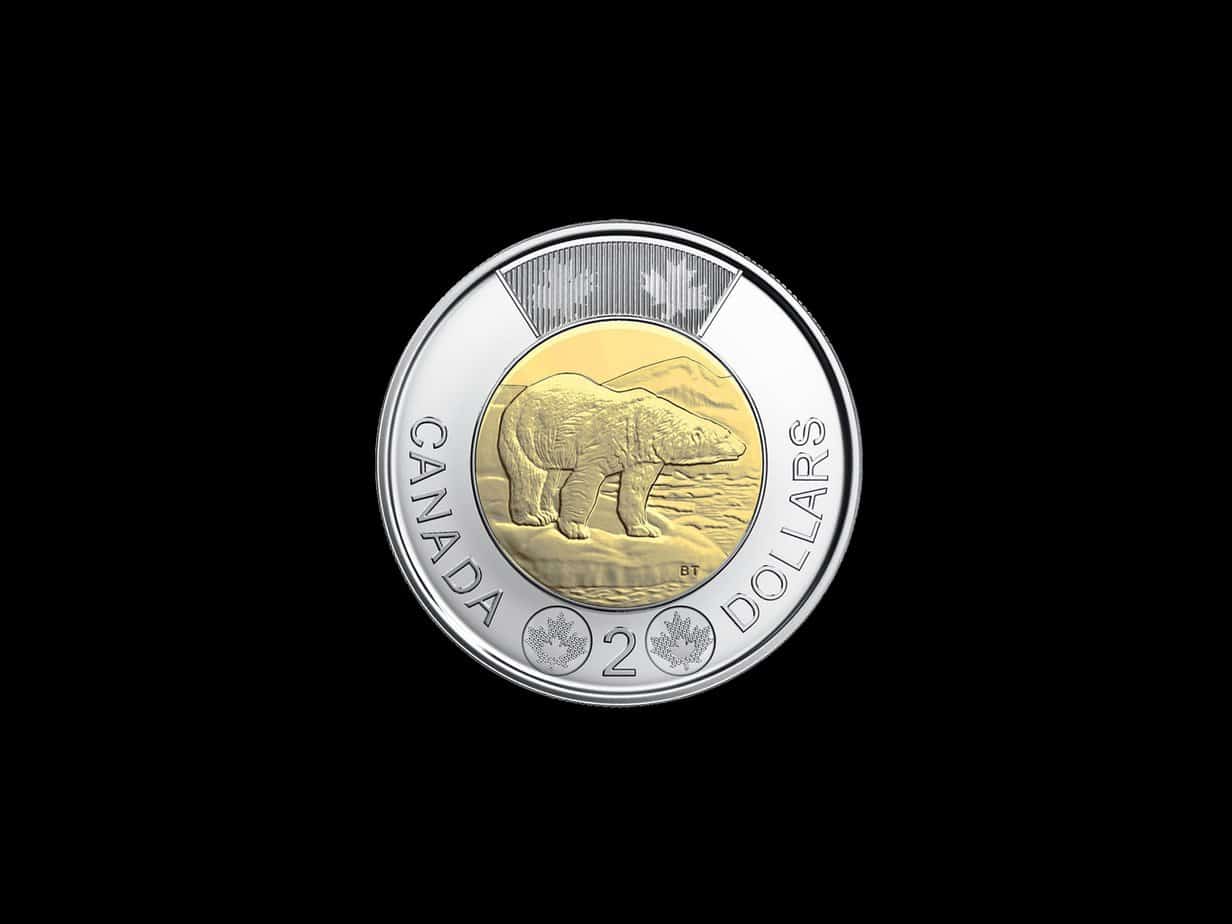


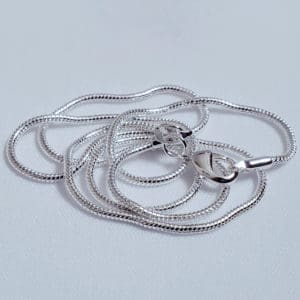
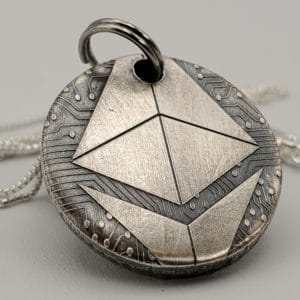
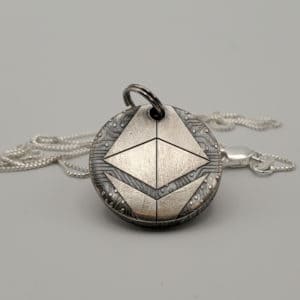
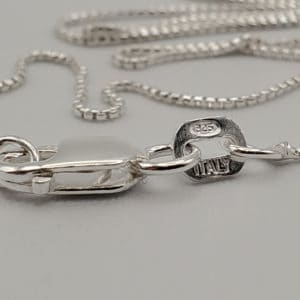
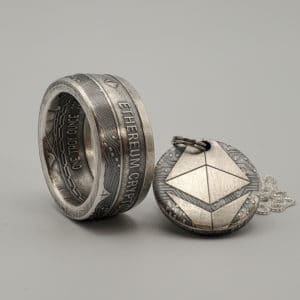



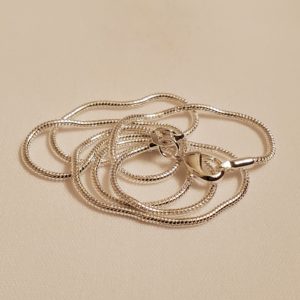
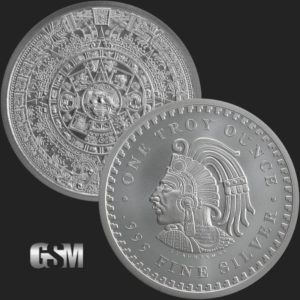

Reviews
There are no reviews yet